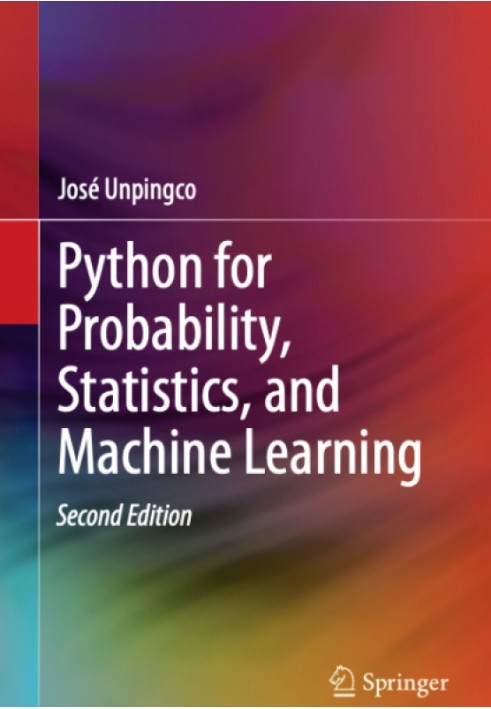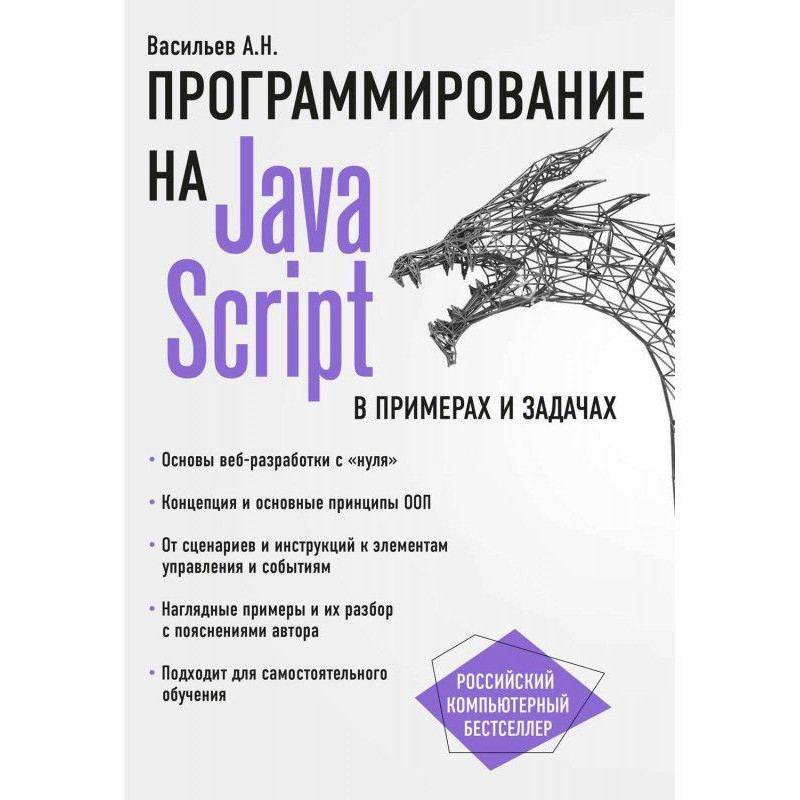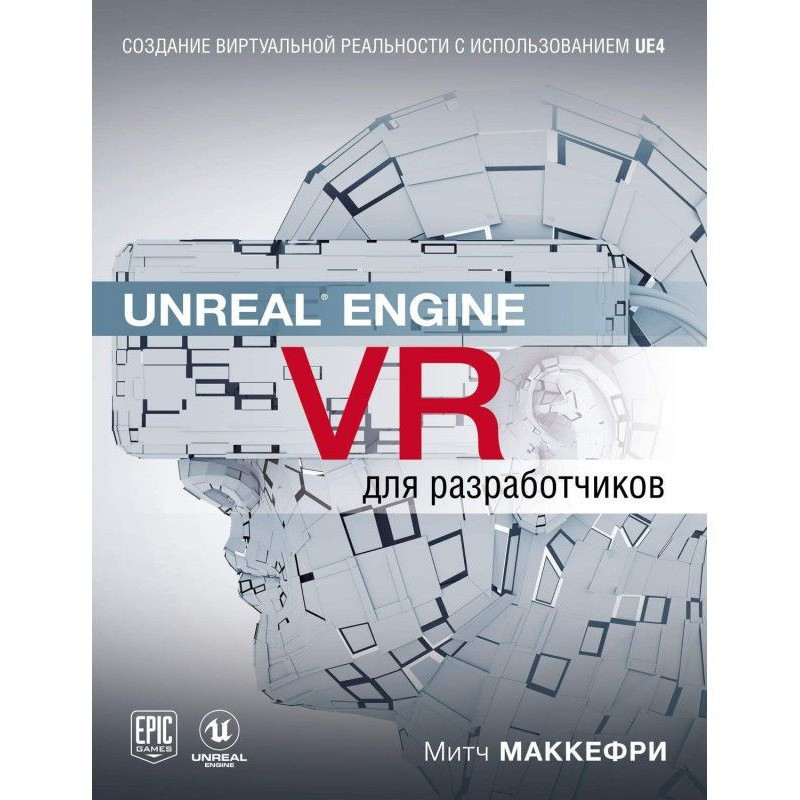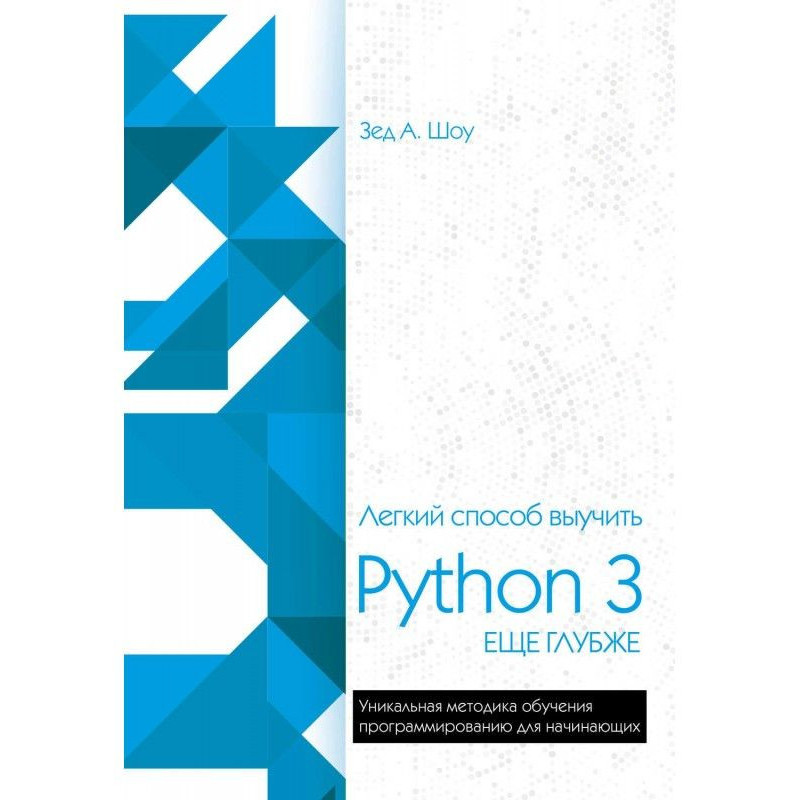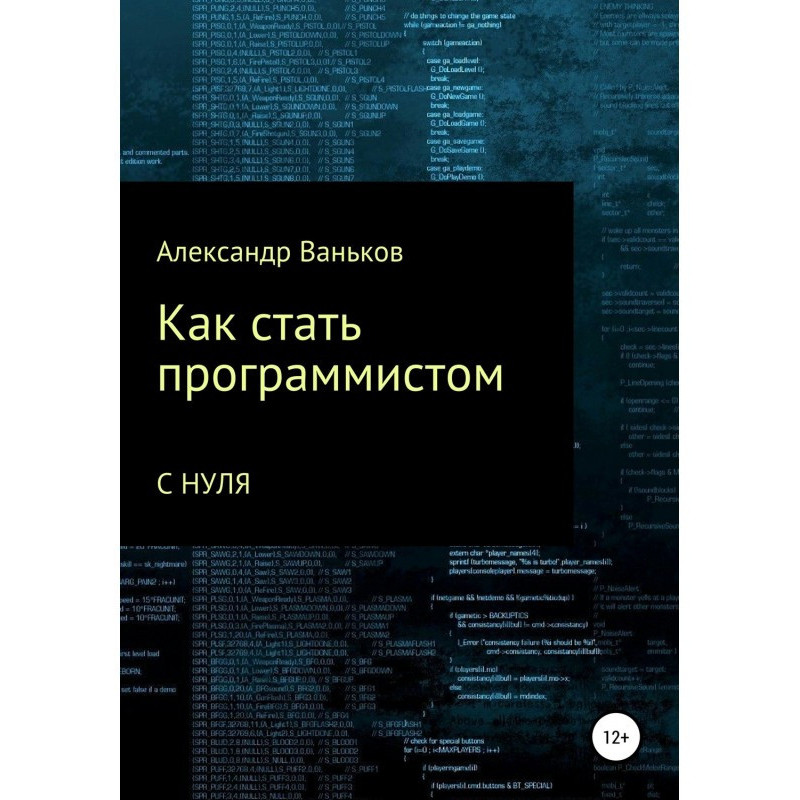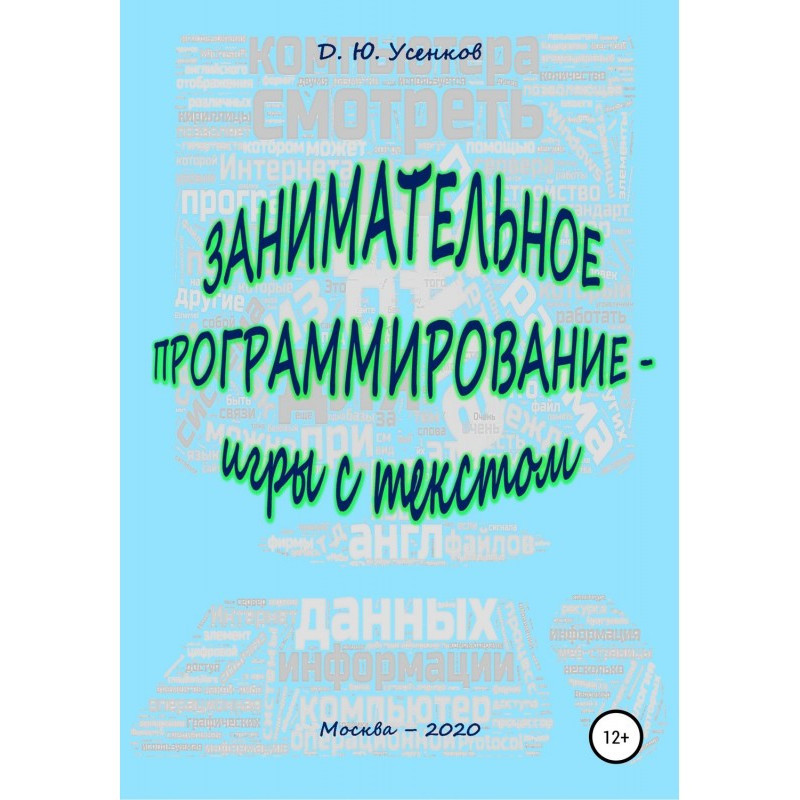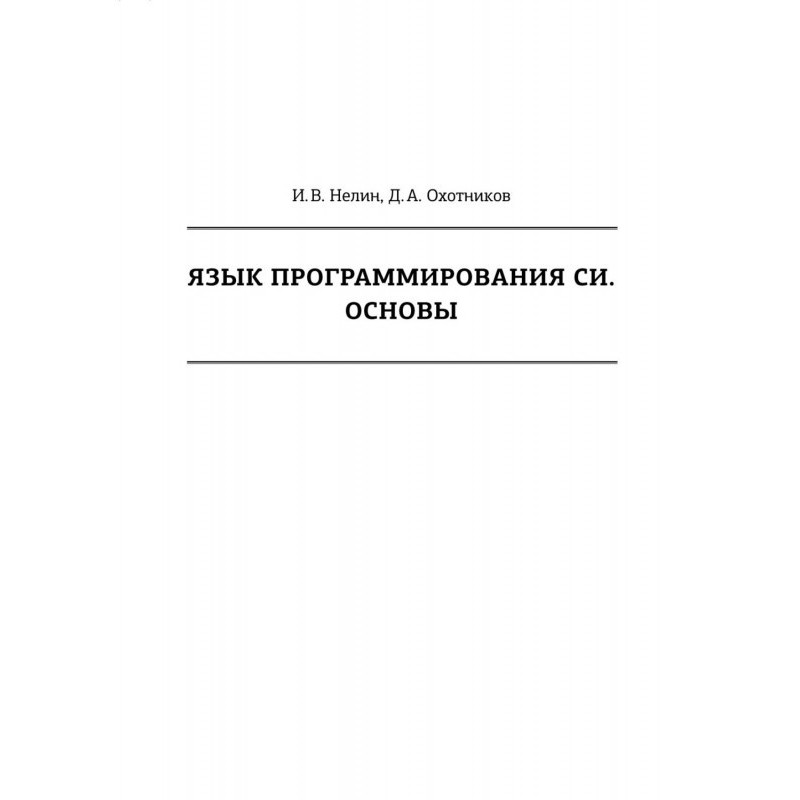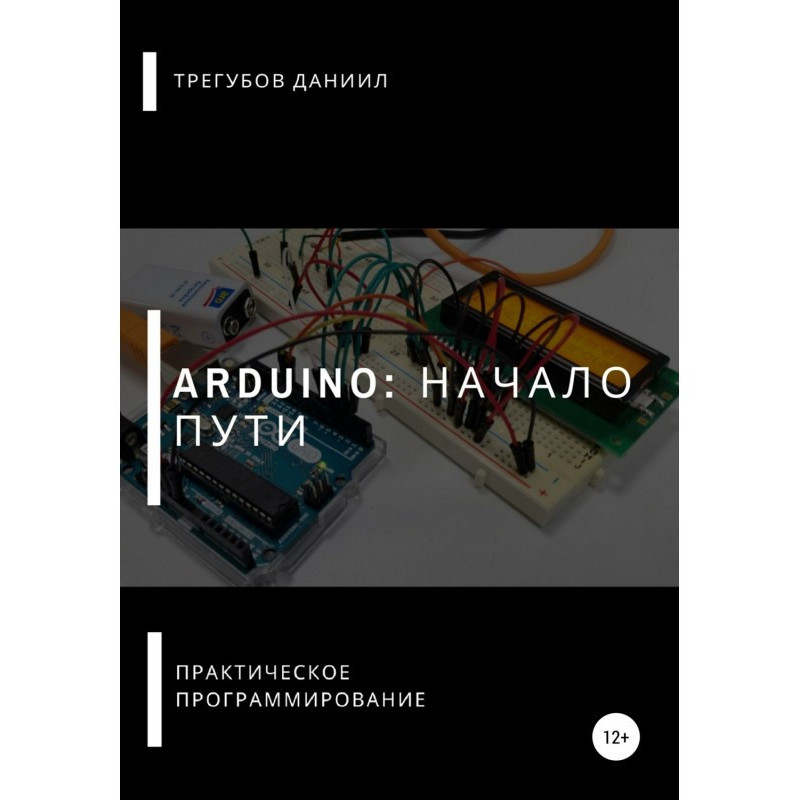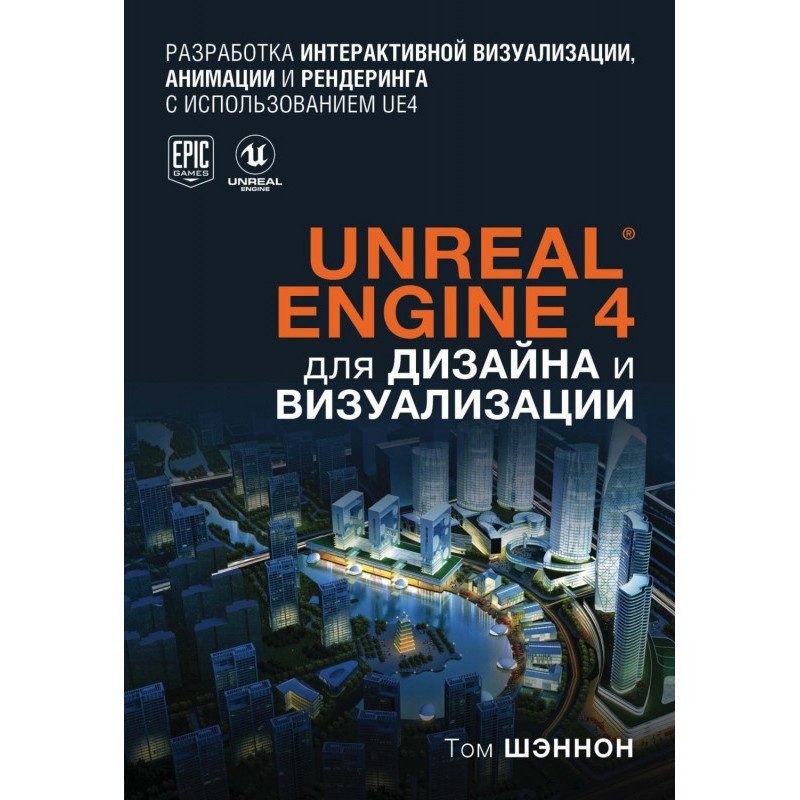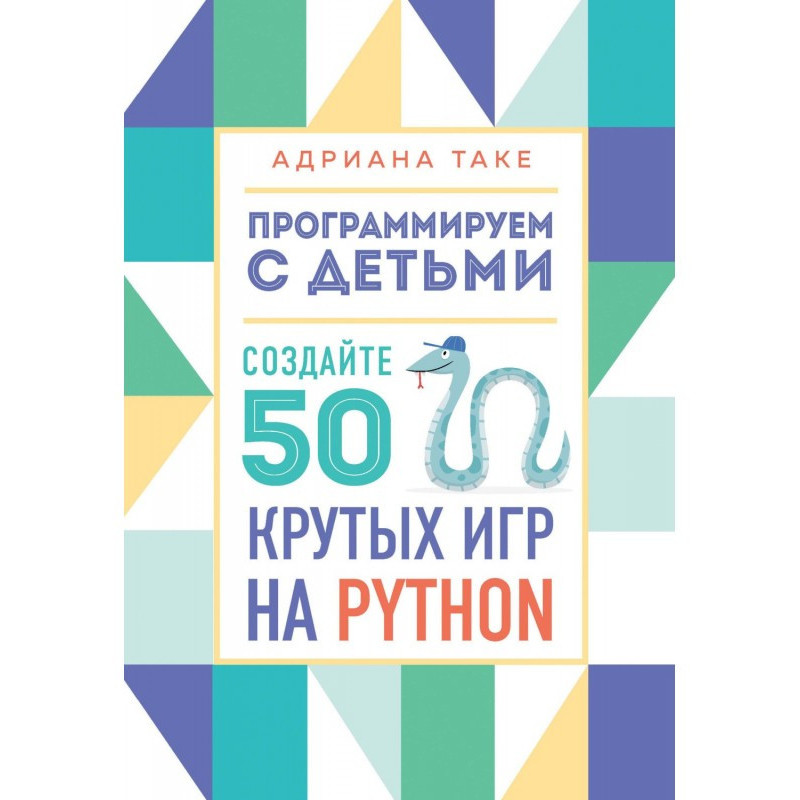Python for Probability, Statistics, and Machine Learning
 Instant download
Instant download
after payment (24/7)
 Wide range of formats
Wide range of formats
(for all gadgets)
 Full book
Full book
(including for Apple and Android)
This book will teach you the fundamental concepts that underpin probability and statistics and illustrate how they relate to machine learning via the Python language and its powerful extensions. This is not a good first book in any of these topics because we assume that you already had a decent undergraduate-level introduction to probability and statistics. Furthermore, we also assume that you have a good grasp of the basic mechanics of the Python language itself. Having said that, this book is appropriate if you have this basic background and want to learn how to use the scientific Python toolchain to investigate these topics. On the other hand, if you are comfortable with Python, perhaps through working in another scientific field, then this book will teach you the fundamentals of probability and statistics and how to use these ideas to interpret machine learning methods. Likewise, if you are a practicing engineer using a commercial package (e.g., MATLAB, IDL), then you will learn how to effectively use the scientific Python toolchain by reviewing concepts you are already familiar with.The most important feature of this book is that everything in it is reproducible using Python. Specifically, all of the code, all of the figures, and (most of) the text is available in the downloadable supplementary materials that correspond to this book as IPython Notebooks. IPython Notebooks are live interactive documents that allow you to change parameters, recompute plots, and generally tinker with all of the ideas and code in this book. I urge you to download these IPython Notebooks and follow along with the text to experiment with the topics covered. I guarantee doing this will boost your understanding because the IPython Notebooks allow for interactive widgets, animations, and other intuition-building features that help make many of these abstract ideas concrete. As an open-source project, the entire scientific Python toolchain, including the IPython Notebook, is freely available.Having taught this material for many years, I am convinced that the only way to learn is to experiment as you go. The text provides instructions on how to get started installing and conf i guring your scientific Python environment.This book is not designed to be exhaustive and reflects the author’s eclectic background in industry. The focus is on fundamentals and intuitions for day-to-day work, especially when you must explain the results of your methods to a non-technical audience. We have tried to use the Python language in the most expressive way possible while encouraging good Python-coding practices.
Data sheet
- Language
- English
Reviews
Відмінний ресурс для тих, хто хоче поєднати ймовірність, статистику та машинне навчання з Python!
Ця книга стала для мене справжнім відкриттям у світі статистики та ймовірності. Я вже мав базові знання з цих тем, але завдяки цій книзі зміг поглибити свої знання та зрозуміти, як ці концепції застосовуються в машинному навчанні. Автор чудово пояснює складні ідеї, роблячи їх доступними для розуміння, а інтерактивні блокноти IPython дозволяють експериментувати з кодом та візуалізаціями в реальному часі. Це особливо корисно, коли потрібно пояснити результати нетехнічній аудиторії. Я також оцінив акцент на хороших практиках кодування, що є важливим для будь-якого програміста. Якщо ви прагнете розвивати свої навички в Python і хочете дізнатися, як використовувати його для статистичного аналізу та машинного навчання, ця книга стане ідеальним путівником. Я рекомендую її всім, хто бажає стати більш впевненим у своїх знаннях і навичках у цій галузі!

